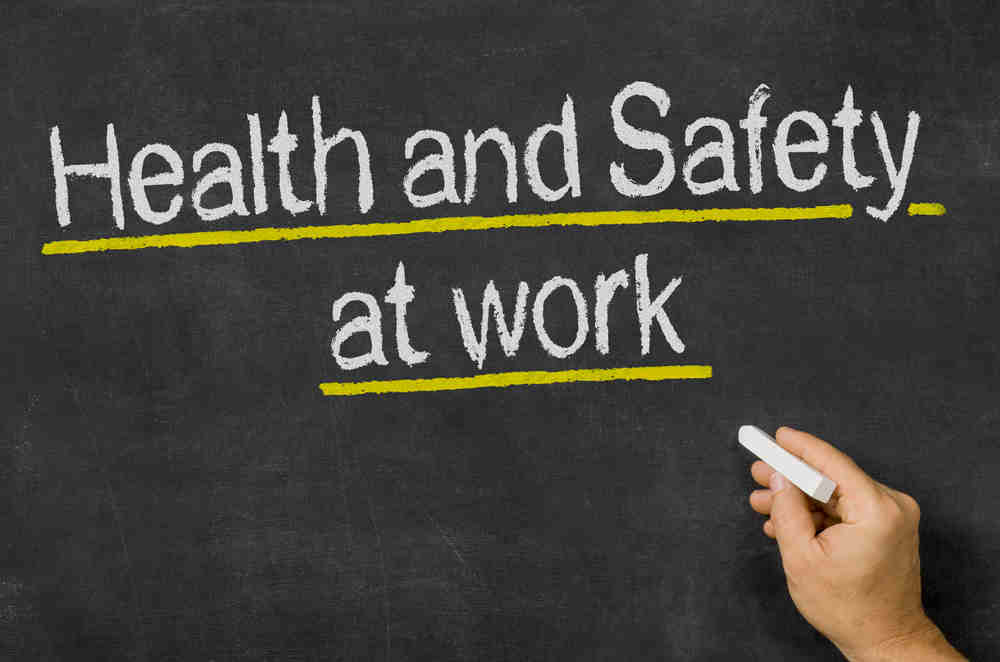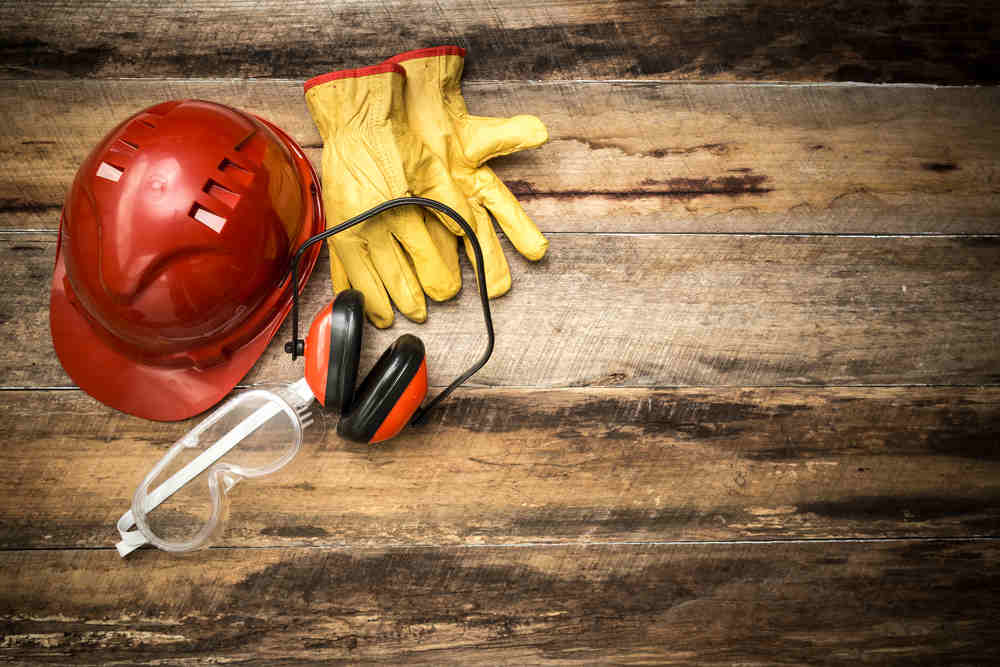The Occupational Health and Safety (OHS) Act has laid down some strict guidelines for the Australian workforce. The regulations are there to protect the workers by making various demands of the employers. Workers who cut and drill concrete will see several regulations introduced that are designed to make their job safer. Below are some of the benefits those workers will enjoy.
Controlling Risks
One of the benefits that come from strict government regulations is an increased focus on controlling the risks of the job. It’s now the employer’s job to control all risks whenever it is reasonably possible to do so. If it is not so, then it’s still their job to reduce the risk as much as possible.
Employers can control risks in different ways such as replacing the hazardous job with a safer alternative, isolating the hazard using barriers or specialised equipment or controlling the risk using mechanical and electrical tools.
Administrative procedures are used to control as much of the remaining risks as possible. If there are still risks after administrative controls are implemented, then employers must supply personal protective equipment to control the remaining risk. This could include sunscreen, helmets, and specialised clothing.
If there is any risk in the workplace, then the employer must do everything possible to mitigate this risk. All of this lies on the shoulders of the employer thanks to the OHS Act. It makes the job safer for all of the workers involved. This is one of many changes that came from this act that helped to improve the workplace for construction workers cutting and drilling concrete.
Reducing Exposure to Gas and Dust
One of the many hazards that comes with concrete cutting and drilling is a prolonged exposure to large quantities of dust. Much of this exposure could be to silica dust, which can lead to the development of a serious medical condition known as silicosis.
The equipment itself can generate high volumes of toxic exhaust fumes. This includes equipment powered through hydraulic packs or internal combustion engines. The toxic fumes can reach dangerous levels when the equipment is used in a poorly ventilated area.
It’s up to the employer to identify and control these risks under the OHS Act. There are strict regulations in place to reduce the worker’s exposure to these dusts and gases while working. For example, equipment used for drilling and cutting concrete should be fitted with extraction devices whenever it is possible. This is to eliminate the majority of dust produced when drilling.
The production of dust can also be reduced using wet cutting techniques. It also helps keep the blade cooler, which prevents it from cracking or breaking free. They may also be advised to use slower tools to produce less dust. Fans should always be used to keep the area ventilated properly.
Reducing Damage from Vibration
The equipment used for cutting and drilling concrete tends to vibrate a lot. This can lead to damage of the vascular system, nervous system, and even the spine. It can also causes workers to suffer from extreme fatigue, headaches, and hearing problems. It’s one of those things that was overlooked for too long, but is now controlled thanks to the OHS Act. It’s now the employer’s responsibility to make running the equipment as safe as possible for the workers.
One way this risk is mitigated is by purchasing specialised equipment that does not require manual support to operate or equipment that is specially designed for minimal vibrations. Equipment that is balanced and light tends to vibrate less. It’s also best if the equipment can be held in either hand to reduce stress on one particular side of the body.
Most modern equipment is manufactured with handles designed to absorb much of the vibration. There should also be an even surface to allow for an equal distribution of force when holding the handle. If there aren’t handles like this, then consider using rubber lagging around the handles to absorb the vibration.
Developing Safe Methods of Work
Under the OHS Act, it’s the employer’s job to develop a safe working environment for any job with a potential risk. Almost all concrete and drilling jobs involve risk, so the employer typically considers these before every job. It’s mandatory to create a safe work method statement when the work is considered high-risk.
What is High-risk Work?
If the work is more than two metres above the ground, then it’s considered high-risk. It’s also high-risk if there is asbestos involved. Other work considered high-risk include: If there’s a need for temporary support to keep a structure standing during work or any work performed in small, confined spaces, in shafts, or in tunnels.
Work performed near or on railways in use or roads in use as well as jobs near bodies of water are considered high-risk. Also any job in an environment which has extreme temperatures, either hot or cold. In any such work environment, the employer must design a safe work method statement.
Creating one of these statements requires the input of the workers involved and the health and safety representatives. It must outline all potential risks of the job and how they are to be controlled. As mentioned above, the employer is obligated to control all of the risks associated with the job.


